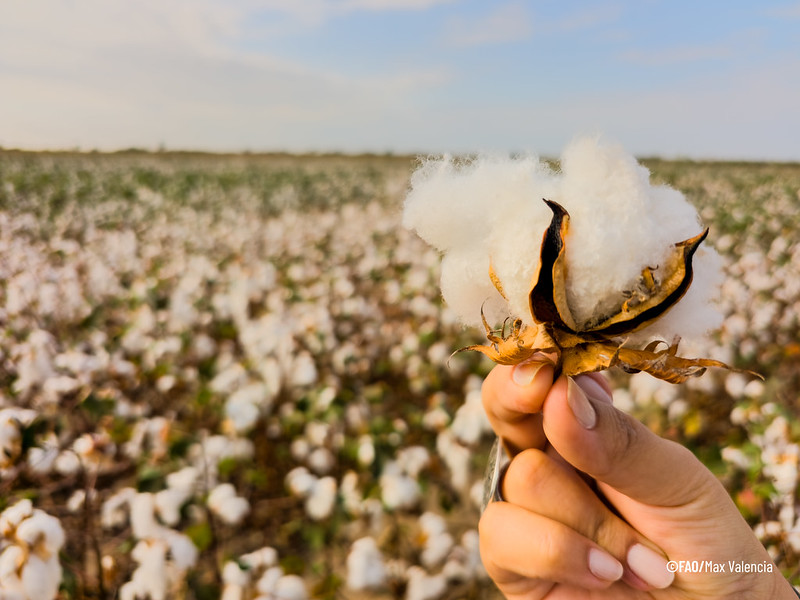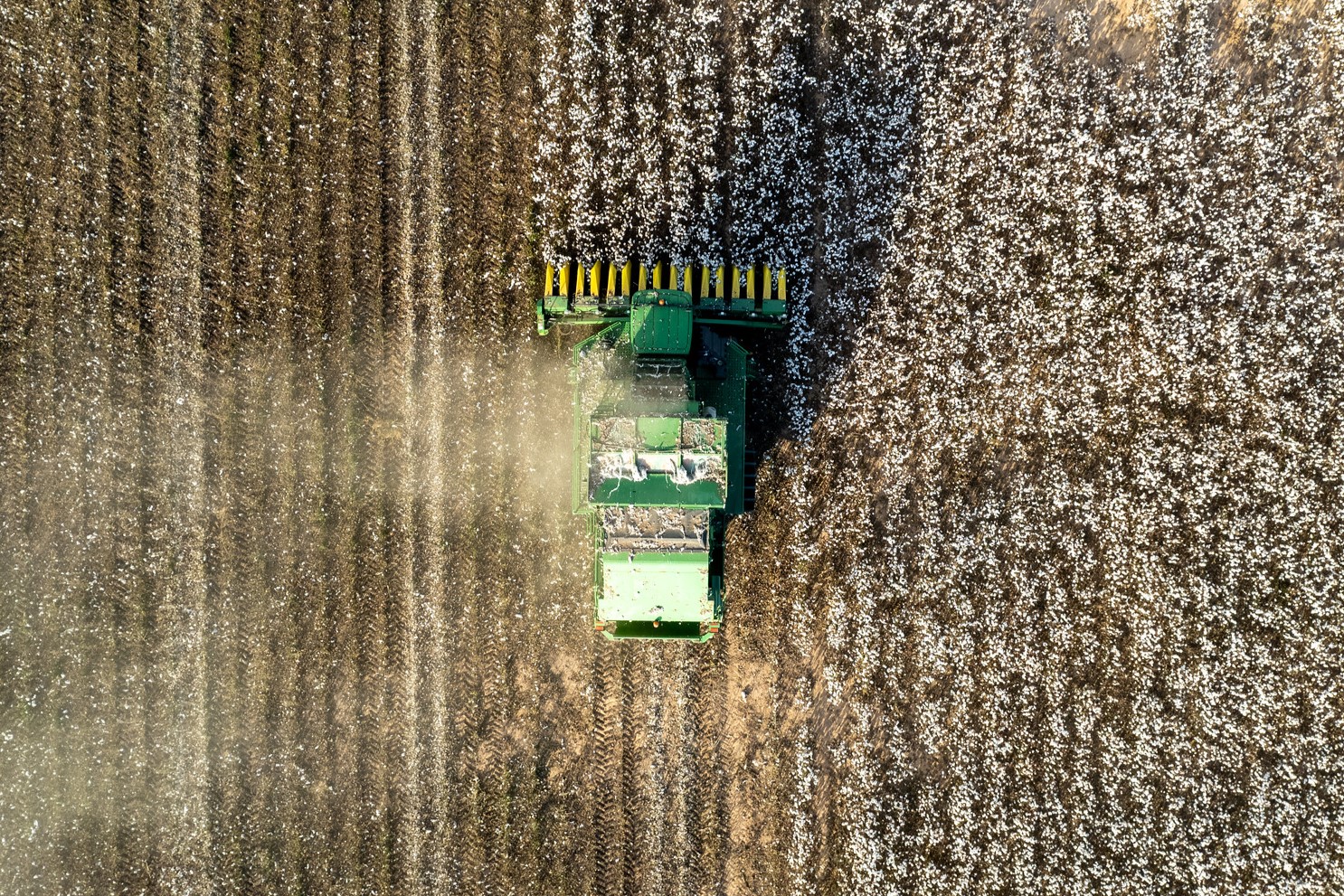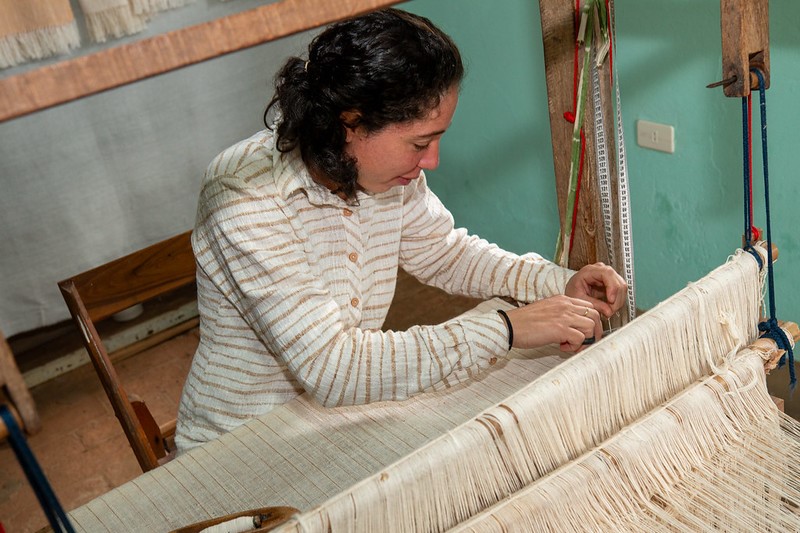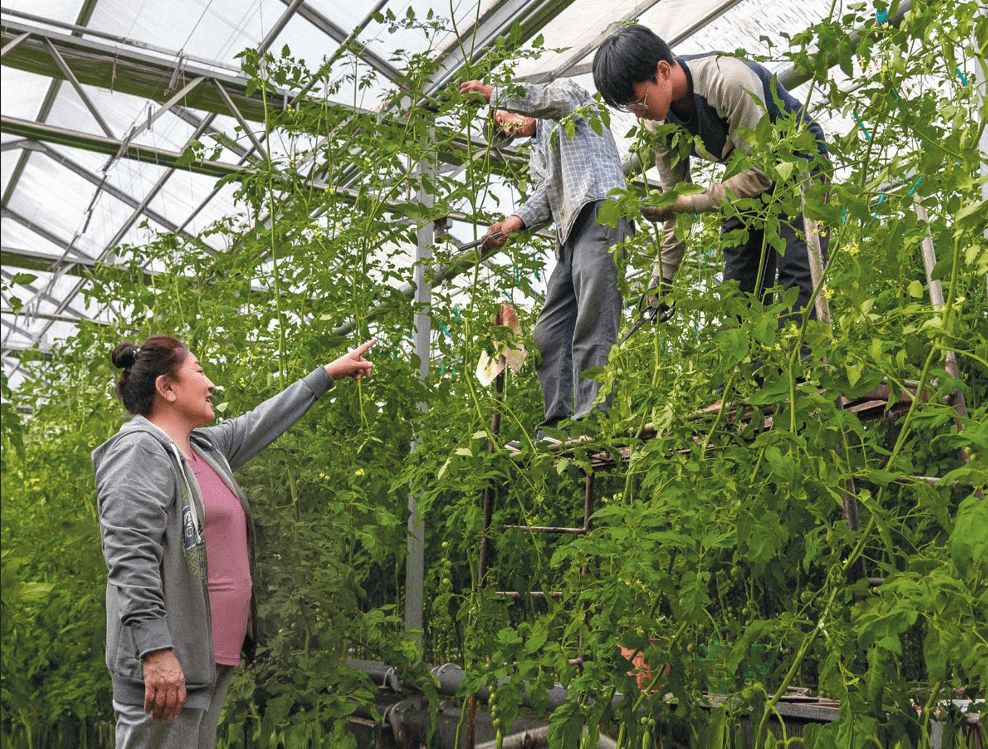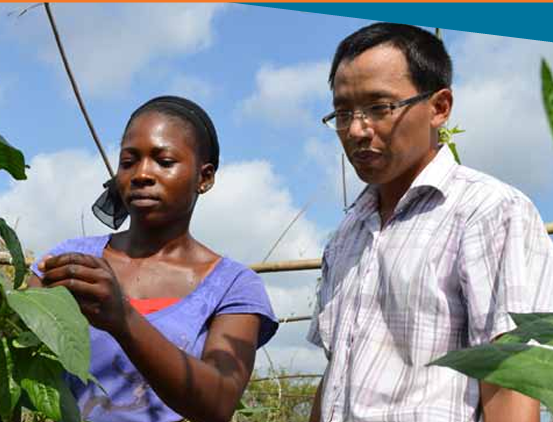Collaborations with our resource partners provide technical assistance, research, information and knowledge sharing, networking, outreach and advocacy, and much more. Through these alliances and collaborations, it is possible to develop projects and directly support vulnerable communities in FAO's 33 countries in Latin America and the Caribbean.
The process of resource mobilization begins with the identification of partners and ends with the signing of project agreements, which finally allows resources to be channeled to the organization for execution; or, to the achievement of investments in the countries, which both national and international organizations commit to the assistance of the Organization, in actions related to its mandate.
Resource Mobilization
Collaboration with resource partners provides countries and their populations with various benefits, including technical assistance, provision of goods and services, exchange of information and knowledge, and the development of innovation, science, and technology. Through this collaboration, it is possible to develop projects and support vulnerable communities in the 33 countries of the FAO in Latin America and the Caribbean, including rural, peri-urban, and urban communities, as well as indigenous peoples.
The process of resource mobilization begins with the identification of partners and continues until project agreements are signed, ultimately allowing resources to be channeled to the organization for execution. It also extends to securing investments in countries, which both national and international organizations commit to in support of the Organization's mandate-related activities.
Resource partners also support FAO's work in countries affected by emergencies to improve conditions and restore livelihoods in the rural sector. Collaborative work with resource partners allows for the expansion of outcomes and the scaling of cooperation experiences, benefiting a greater number of individuals and countries.
Partnerships and the Private Sector
FAO actively seeks to establish partnerships with non-governmental institutions, such as civil society organizations, to integrate their expertise and knowledge into local communities. Additionally, FAO collaborates with academia, facilitating the exchange of knowledge and joint research. Furthermore, FAO works closely with parliamentarians, which can directly translate into policies and legislation that support FAO's efforts.
The private sector is also a key ally in the global fight against food insecurity, malnutrition, rural poverty, and the achievement of sustainable development goals. This partnership is not only through resource contributions but also through the provision of innovation, technology, investments, and other essential knowledge that reinforces the SDGs (Sustainable Development Goals) agenda.

General definition of the private sector
According to the FAO Strategy for Collaboration with the Private Sector 2021-2025, the following entities are considered part of the private sector:
Farmers and farmer organizations.
Producer organizations and cooperatives.
Micro, small, and medium-sized enterprises (MSMEs).
Large enterprises (national and multinational companies, including state-owned enterprises).
Financial institutions.
Industry, trade associations, and private sector consortia.
Philanthropic foundations.
Why partner with FAO?
To access the latest information, guidance, statistics, and up-to-date data. The organization has the latest figures and guidance on issues related to food and agriculture, from production to consumption. FAO provides universal standards and guidelines, as well as regulating policies, international treaties, codes of conduct, and other binding and non-binding instruments, all on a global scale.
Furthermore, FAO has an extensive network of regional and national offices, as well as a wide range of relationships with various stakeholders. FAO can establish the necessary connections to implement shared priorities, investments, and objectives. In addition, the organization is an independent, neutral, objective, and honest intermediary that promotes multidisciplinary partnerships and can facilitate communication between governments, the private sector, and other non-state actors.
FAO works to ensure food security, advance sustainable development, and promote rural development worldwide, especially for small farmers through innovation and digitalization.
For more in-depth information on partnership and private sector work log on to the Connect Portal website.
South-South and Triangular Cooperation
FAO supports South-South Cooperation initiatives by facilitating dialogue between governments, institutions, civil society and the private sector to reach consensus and coordinate policies, strategies and programs. It also provides a framework for cooperation within which exchanges take place between countries, institutions, cooperatives, farmers and international organizations. Using this framework, FAO facilitates mutual learning and ensures that cooperating partners adhere to mutual commitments.
Southern countries offer a wide range of development solutions that have proven to be cost-effective and have enormous potential to be scaled up for the benefit of other countries.
FAO facilitates cooperation by providing technical oversight and ensuring that international standards are met or adopted in the formulation, implementation, monitoring and impact evaluation of all programs or projects. It also ensures that technologies and knowledge are adapted to local conditions, and are economically and environmentally sustainable, and socially inclusive.

South-South cooperation has different modalities:
- Exchange of in-kind and technical solutions.
- Exchange of technical expertise in the medium and long term.
- Policy dialogue
- Exchange of short-term technical expertise
- Study tours and training
Related News
Resource Mobilization Newsletter
Documents of interest
Contacts
FAO Regional Office for Latin America and the Caribbean
Resource Mobilization
Political Affairs Officer
Regional Resource Mobilization Expert
Partnerships and the Private Sector
Partnerships Office
South-South and Triangular Cooperation
South-South Cooperation Officer

